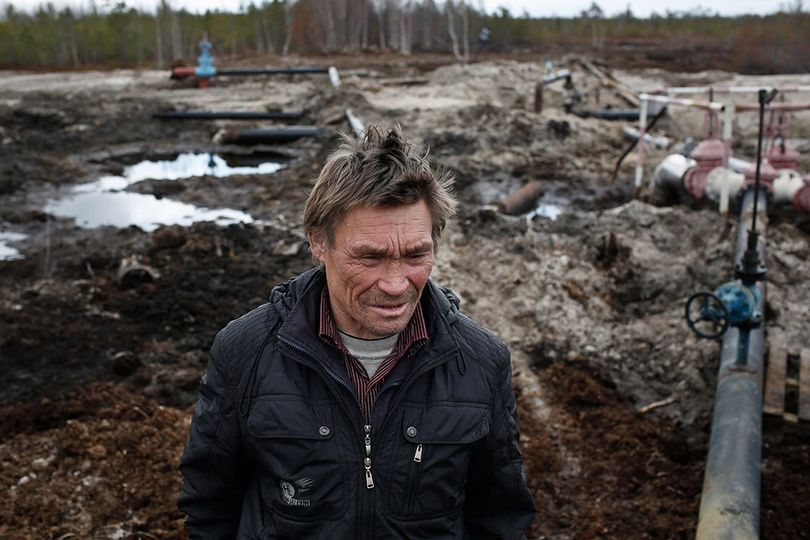I'll soon get my permanent residence permit (alaline elamisõigus) in Estonia.
So here's a non-exhaustive thread on why I love this place.
So here's a non-exhaustive thread on why I love this place.
1. Seasons. In winter there are minuses and snow, in autumn it is cool, in summer the sun barely sets, everyone is outside (because it's not crazy hot), and everything is beautiful. (Spring sucks.) I really enjoy that there are seasons with their own charm. 





2. Easy administration. Almost everything can be done online, on a clean and user-friendly interface. If there is a problem, you can call a PERSON (not a chatbot) who will answer the phone and help you. No long lines, no million papers, jerk administrators and wasted time.
3. Child-friendly. It is uncommon to exclude children from spaces and events, and being visibly upset by children is frowned upon.
I love this. Many places consider kids' needs, and surpriiisingly, they are way less likely to throw hissy fits when their needs are met.
I love this. Many places consider kids' needs, and surpriiisingly, they are way less likely to throw hissy fits when their needs are met.

4. Patriotism. Estonians love Estonia, Estonian language, Estonian culture. It is not remotely cringe or far-right adjecent to dance folk dances, sing in a choir, wear folk costumes, write about patriotism, or participate in patriotic events. I find this extremely important. 

5. It is on the "good side". Estonian foreign policy knows exactly who the aggressor is and who needs to be helped, and it does. Period.
I can't even tell you what a relief it is to live in such a country (especially after Hungary, Holy Christ).
I can't even tell you what a relief it is to live in such a country (especially after Hungary, Holy Christ).

6. Incredibly beautiful forests, rivers, streams, swamps, islands, valleys, lakes, random castles, picturesque towns and gingerbread houses everywhere. I love them. I can't get enough of them. (And no, it is not too flat, and high mountains are overrated.) 







7. You are visible and you matter. There are 1.3 million people in Estonia, everyone knows everyone. You can't sit back and wait for someone else to fix this country, because nobody else will. This aquarium is small, too much for many, but at least every fish counts.
8. They aren't hostile to Hungarians. In fact, many consider us somewhat cool. They remember Kapten Tenkes, Globus jarred beans, Ikarus buses, they know Sándor Petőfi and Lake Balaton. They often mention that we are somehow related, but they don't quite understand how.
They do hate Viktor Orbán though.

They do hate Viktor Orbán though.


9. They have time. (Sometimes a bit too much.) Everyone waits their turn, there is no stomping, scoffing, shouting, or pushing. (Usually no long lines either.) If you're not patient and cordial, you're considered a Russian jerk and nobody wants that.
Of course there are things I don't like about Estonia, but they are not as important to me as the ones I listed above.
Some things (cold, dark, small, at the end of the world, bear is too close, etc.) may be bigger problems for others. But I'm really happy to be here. :)
Some things (cold, dark, small, at the end of the world, bear is too close, etc.) may be bigger problems for others. But I'm really happy to be here. :)

• • •
Missing some Tweet in this thread? You can try to
force a refresh




















